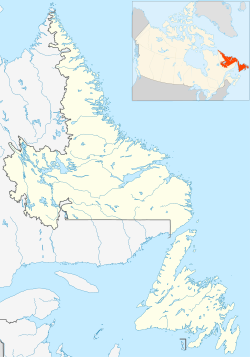Freshwater is a neighborhood in located in Placentia, Newfoundland and Labrador. [1] Placentia was originally settled by the French in the 1630s that fishing settlement was called Petit Plaisance, meaning "Pleasant Little Place". The name was retained in English (Little Placentia) when the French lost control of the area following the Treaty of Utrecht in 1713.
